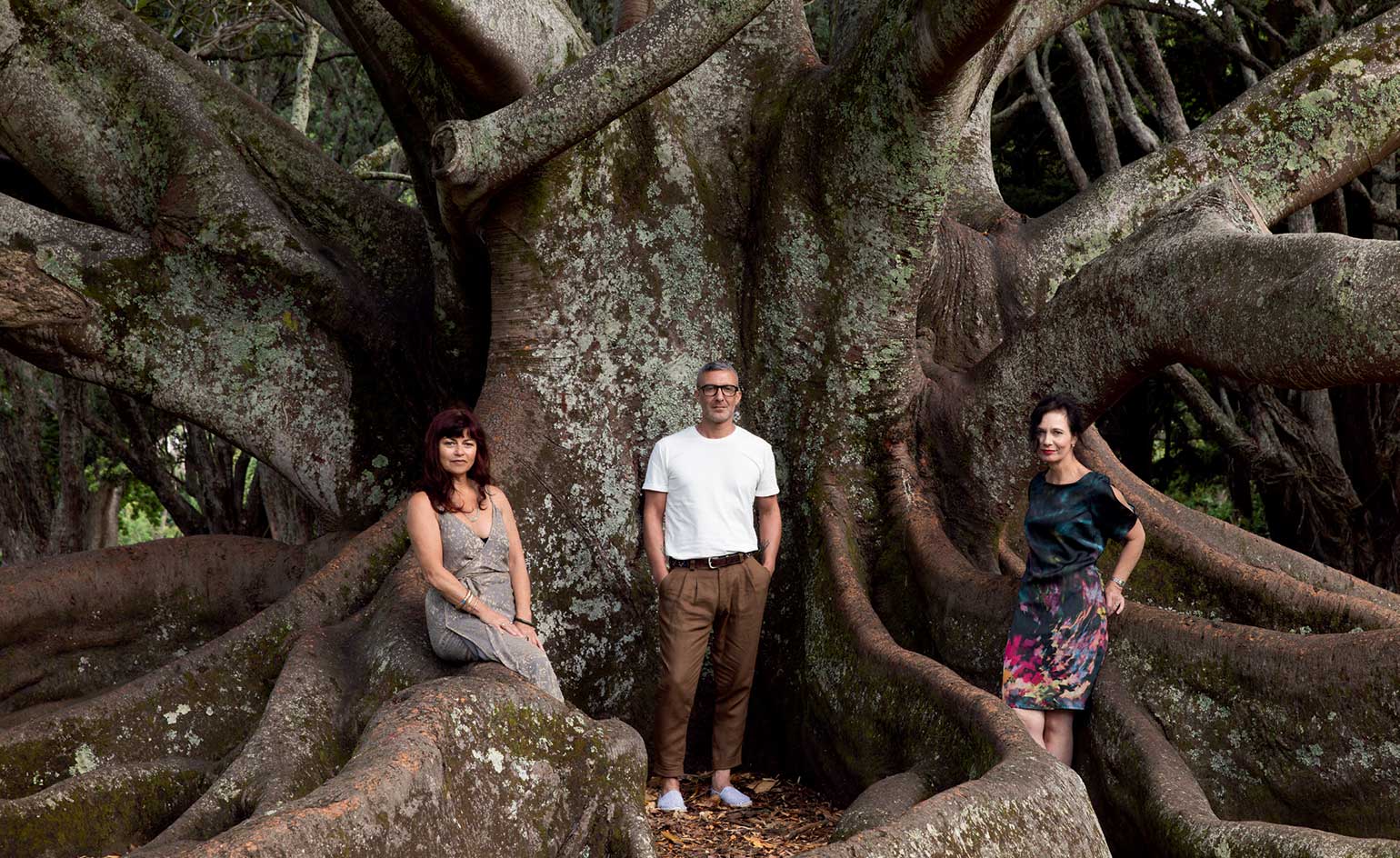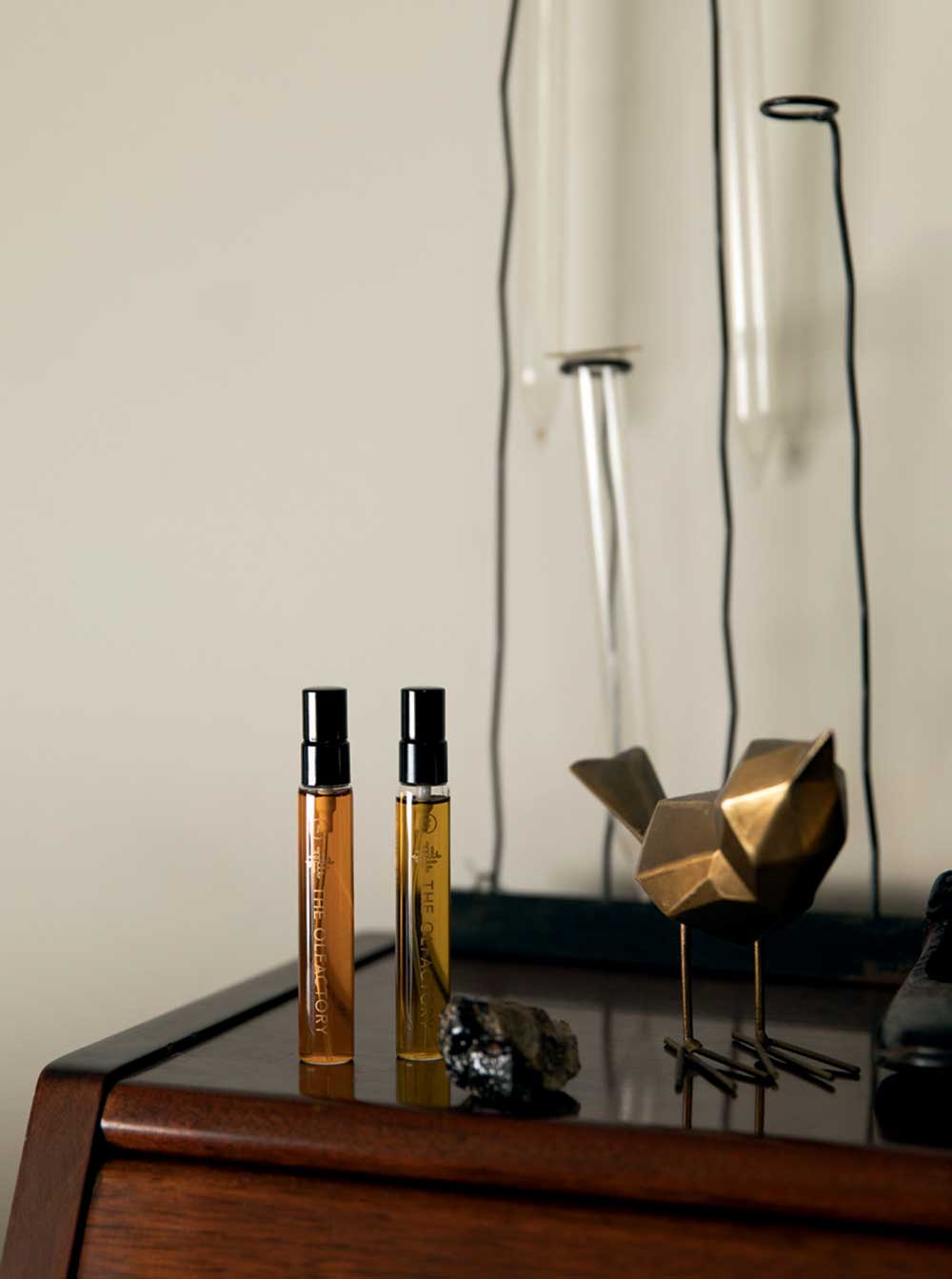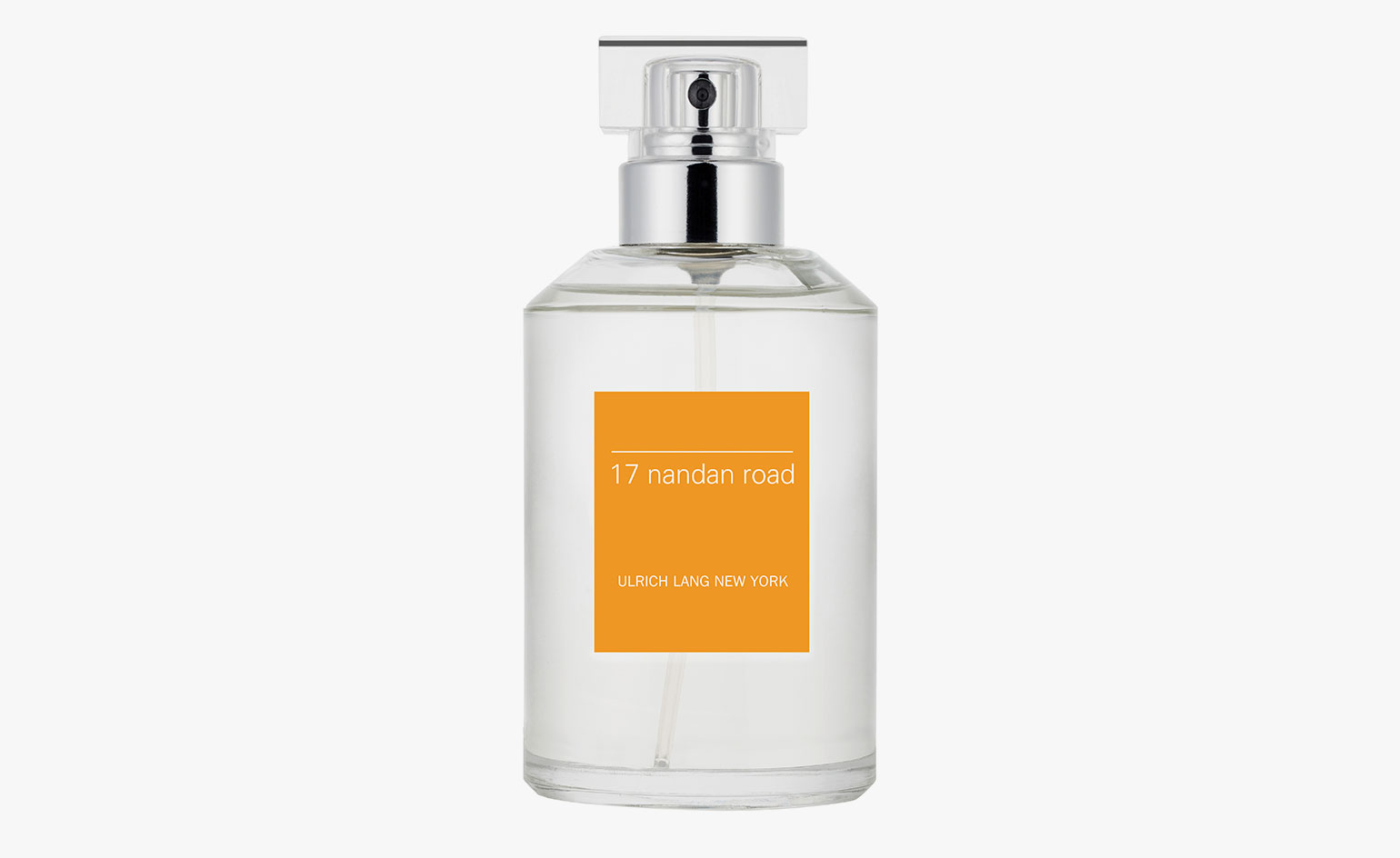Fresh fields: New Zealand’s noses are the new kids on the niche perfume block

With only a handful of local noses, the New Zealand perfume industry is just emerging. Those shaping the scene, though, see its potential, as they watch local skincare and eco brands lead the way. In a country brimming with artisanal producers, it’s ripe for a boutique, high-end perfume industry, defined by a very different aesthetic to traditional European perfumeries.
Beyond those stock images of majestic landscapes, the country has rich and complex urban identities that inform its creative output. Several strands – a deep respect for the indigenous, contrasting old with new, and embracing complexity – are evident in the work of a new wave of perfumers. While New Zealanders Isaac Sinclair and Jennifer Riley, two highly respected noses, are representing the country on international duty (Sinclair is in São Paolo and Riley in France after formal training in Europe), brands such as The Olfactory and Curio Noir, and perfumers like Sandra Anderson, Vanessa York and George Bowler, have been developing local scent identities with a strong desire to evoke a sense of place.
New Zealand clothing brand World – an experimental force in New Zealand fashion and retail – has one of the finest portfolios of international niche fragrance anywhere. One of its directors, Benny Castles, notes, ‘Today, there’s an opportunity to create identities in a marketplace where customers want to express individuality. This means there’s now a realistic pathway for local perfumers in niche fragrance.’

Perfumer Virginia Di Somma’s studio in Auckland is filled with all natural ingredients.
It was while working at the World beauty store in Wellington that George Bowler was first attracted to the art of scent. He went on to study at the Grasse Institute of Perfumery in 2015, learning under Jean-Claude Ellena and Max Gavarry in France, then Carlos Huber and Rodrigo Flores-Roux in New York. He returned, having built relationships with manufacturing laboratories in Europe, with a passion to create fragrances unique to New Zealand.
‘People often speak about New Zealand’s distinctive light,’ says Bowler. ‘And the same can be said for its unique odour profile – it’s woody, balsamic, mossy and green with a saltiness in the air. Our native flora doesn’t present the big tropical floralcy that one might expect from a South Pacific island, but what we do have is rare and unadulterated. And this earthy imprint has a massive influence on the emerging style of New Zealand perfumery.’
His first commercial project is in collaboration with NOM*d, an edgy New Zealand fashion label, and Bowler is in the final stages of formulation with his European laboratories. ‘While our preference was to include native New Zealand raw materials in the fragrance, the reality is that many of these are not yet available for commercial use. In the meantime, oils such as Iran’s galbanum – a tree resin reminiscent of ponga fern logs that many of us can identify with – provide an answer.
Another local perfumer interested in sense of place is Virginia Di Somma, who launched The Olfactory brand with her daughter-in-law, Aroha Silenzio, in April 2018. Their focus is on 100 percent natural ingredients, the therapeutic dimensions of botanicals, and elevating the appreciation of terroir in scent.
RELATED STORY

After losing her fashion business in the 2011 Christchurch earthquake, Di Somma travelled to Rimini in Italy to study natural fragrance under Dominique Dubrana from La Via del Profumo. ‘Natural perfumery has been growing alongside people’s awareness about ingredients,’ she says. ‘Whether it’s food, where our coffee is grown, or what we spray on our bodies, customers deserve transparency in origin and purity.’
Like Bowler, Di Somma imports oils from abroad that resonate with a sense of New Zealand, her interests extending to bespoke therapeutic scents. Italian bergamot, Omani frankincense, French lavender and Cambodian oud are some of her favourite oils. She also has plans to test flowers growing wild on her family land – even the invasive gorse and Queen Anne’s lace – to make use of an abundant resource.
Another influential voice in natural botanical perfumes is Vanessa York, of York Perfumery, whose first collection Fleurs du Mal launched in 2015. It attracted a loyal following for its sharp, bitter notes with sweet florals creating a beautiful discord. With literary references and a noir aesthetic, York is storytelling in scent – evidence, and an extension, of her former life as a children’s book editor.

Di Somma uses these to make the scents for her brand The Olfactory.
‘Although I enjoy using local materials, New Zealand perfume doesn’t have to be about New Zealand materials,’ she says. ‘Scent is an art, and its character comes from the sensibility and the culture of the individual. We are so removed from the traditional perfume centres that we have real freedom to develop our own perfume culture.’
She takes inspiration from the weeds as well as the flowers, and loves naming perfumes after unscented flowers. ‘I use bitter with floral to purposely find a discord in the blend. That’s what makes it interesting.’ She once made a scent reminiscent of her grandmother’s garden, featuring vetiver, pine, chamomile, lavender, lemon and grapefruit to recall the smell of the soil, freshly mown grass and fruit trees.
York studied long-distance with the Natural Perfumery Institute in the US. ‘When I started, people still thought naturals were part of the hippie fringe,’ she recalls. ‘But people forget that many synthetics are copies of natural scents.’ Her fascination has made her a passionate teacher so, in addition to her collections and bespoke fragrances, she runs regular workshops raising the awareness of niche botanical perfumes, as well as the power of storytelling in scent.
We are so removed from the traditional perfume centres that we have real freedom to develop our own perfume culture
These three perfumers have three similar yet different characters and approaches. Their remote location removes them from the constraints of tradition, permitting a greater freedom in fragrance development and creation.
‘Thirty years ago, New Zealand’s wine industry was virtually non-existent,’ says Bowler. ‘Now we produce some of the world’s most sought-after wines. With an abundance of native raw materials and innate creativity, the essentials of a nascent perfume industry are in place.’
As originally featured in the April 2019 issue of Wallpaper* (W*241)
Receive our daily digest of inspiration, escapism and design stories from around the world direct to your inbox.
-
 Year in review: the shape of mobility to come in our list of the top 10 concept cars of 2025
Year in review: the shape of mobility to come in our list of the top 10 concept cars of 2025Concept cars remain hugely popular ways to stoke interest in innovation and future forms. Here are our ten best conceptual visions from 2025
-
 These Guadalajara architects mix modernism with traditional local materials and craft
These Guadalajara architects mix modernism with traditional local materials and craftGuadalajara architects Laura Barba and Luis Aurelio of Barbapiña Arquitectos design drawing on the past to imagine the future
-
 Robert Therrien's largest-ever museum show in Los Angeles is enduringly appealing
Robert Therrien's largest-ever museum show in Los Angeles is enduringly appealing'This is a Story' at The Broad unites 120 of Robert Therrien's sculptures, paintings and works on paper